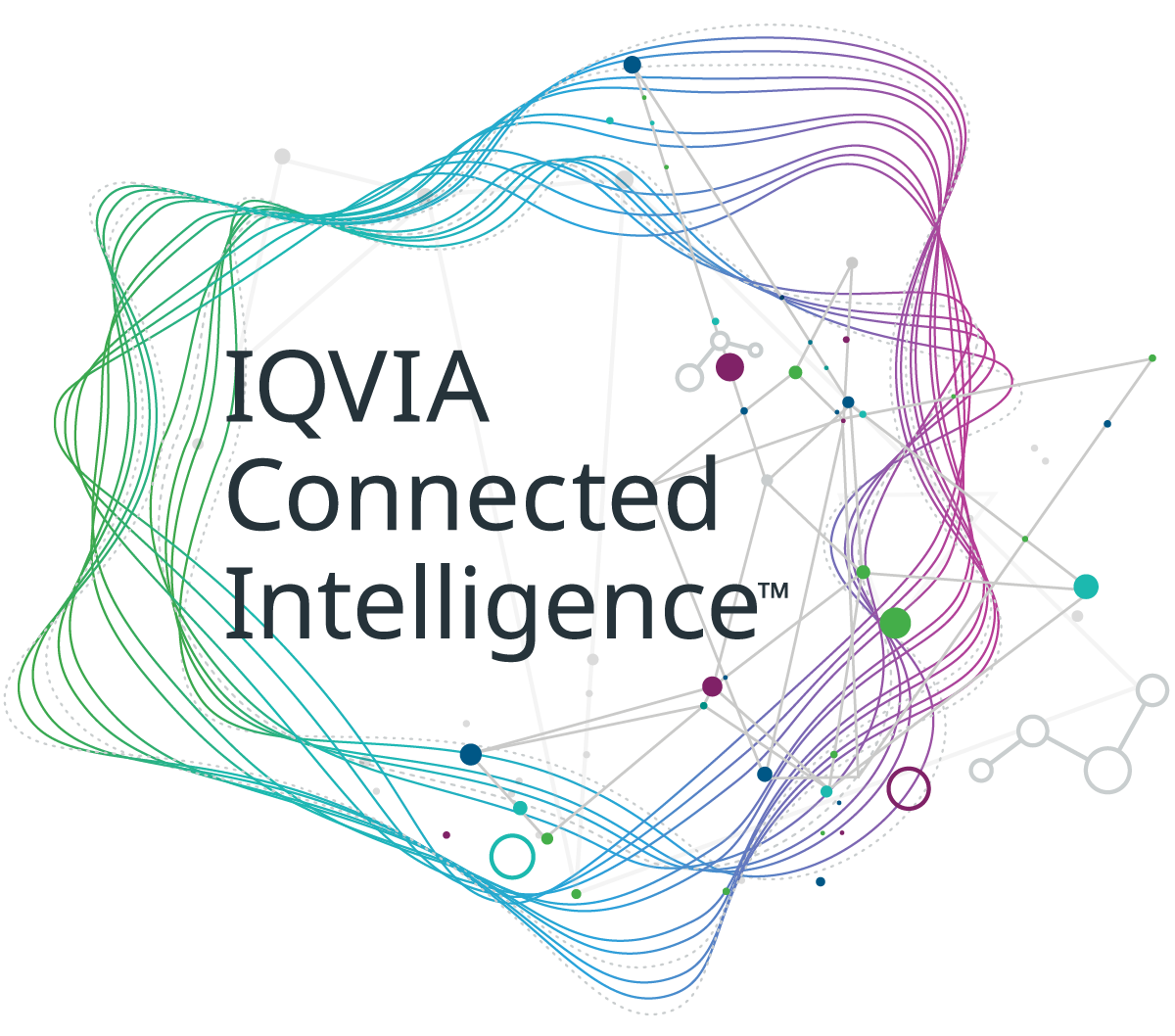Change the model of clinical research by integrating data, expertise, analytics and technology from study design through execution to power better decisions.
Learning Objectives:
- Learn about the challenges for objective diagnosis and evaluation of patient lesions in clinical practice and trials
- Understand the consideration of the new technologies when developing dermatology trial protocols
The diversity of dermatological illnesses, their symptoms and their causes create challenges for the objective evaluation of treatments in clinical trial settings. The expert, but subjective, physician’s global assessments of dermatological clinical practice offer limited application for capturing the consistently precise and reliable data required to define study endpoints and determine trial outcomes. When sponsors use validated disease-specific instruments for severity assessment in trial designs, they also must ensure protocols define their use and interpretation to control for subjectivity and intra- and inter-variability among investigators and trial staff. Precise tools and methods to track changes in patients’ lesions due to the effects of therapeutic interventions offer tactical approaches to institute trial standardization and quality controls. Because disease and regulatory guidelines provide limited consensus on “golden rule” instruments for assessment and monitoring, sponsors should consider the expert counsel of clinical research organizations on the adaptation and application of tools to trial settings.
This paper explores current practices as well as new technologies IQVIA™ Biotech recommends sponsors consider when developing dermatology trial protocols.
IMPACT OF SKIN DISEASES
The considerable prevalence and impact of skin diseases and disorders are anticipated to increase worldwide because of skin cancer and aging populations. In the U.S. alone, the prevalence of skin diseases is twice as high among those older than 65 years, compared to younger people,1 and the totality of skin diseases in the U.S. accounted for almost $75 billion in direct costs in 2013, a sum that comprised at least 3.8 percent of all U.S. healthcare costs.
In addition to more diagnosed patients, new medicines for melanoma and psoriasis, a strong pipeline of investigational therapies and demand for antiaging treatments are fueling growth for the dermatology sector. By 2023, the global dermatology treatment market revenues could reach $36.6 billion, at an estimated compound annual growth rate (CAGR) of 9.13 percent. Similar expansion is anticipated in the global dermatology diagnostic devices sector, which tallied $5.5 billion in 2016 with a CAGR forecast of 8.2 percent by 2024. This device market is driven by sales of tools like dermoscopes, trichoscopes, microscopes and such imaging devices as magnetic resonance imaging (MRI), ultrasound and computed tomography (CT) systems. As new imaging technologies emerge to aid in tracking and evaluating lesions, greater growth is projected.
DERMATOLOGY DIVERSITY AND SUBJECTIVITY CHALLENGES
The diversity of dermatological illnesses, as well as their symptoms and causes, creates challenges for objective diagnosis and evaluation of patients’ lesions – skin tissue abnormalities – in clinical practice and trials. Some dermatological symptoms are manifestations of disorders of the skin itself, such as the involvement of skin’s oil glands, pores and hair follicles in acne. However, the skin often is a window into a person’s inner well-being. The skin manifestations of systemic illnesses can reflect clinically significant health issues. Such diseases can be common like psoriasis or rare like scleroderma, and benign like rosacea or malignant like melanoma. Depending on the illness and a patient’s health, symptoms may range from mild to disabling. The pathogenesis of clinically meaningful changes to a person’s skin is as varied as the diseases and disorders themselves and may include infections by bacteria, viruses or mold; exposure to allergens or toxins; heritable genetic conditions; immune system disorders; and trauma.
In clinical practice, experience, visual assessment and patient’s self-reports help physicians manage all of these factors to make a diagnosis and determine the effectiveness of treatments. For dermatology trials, however, greater rigor is needed. Trial data collection should be built on objective, reproducible descriptions of the symptoms as well as the clinical signs before and after therapeutic interventions, which regulatory guidance notes should be well-defined and obtained with reliable methods.
The gold standard for evaluating investigational treatments for skin conditions is randomized and controlled trials with both investigators and participants masked from the intervention until the study’s unblinding and concluding analyses. While trial designs may differ from this standard, all must pre-specify standardized endpoints, as well as the methods to collect and assess data.
DOWNLOAD TO LEARN MORE
Related solutions
Specialized expertise and customized solutions across 14 therapeutic centers of excellence, including oncology, GI/NASH, pediatrics, neurology and rare diseases.
Automate and standardize your regulatory management, from correspondence and commitments to registration and tracking.


























